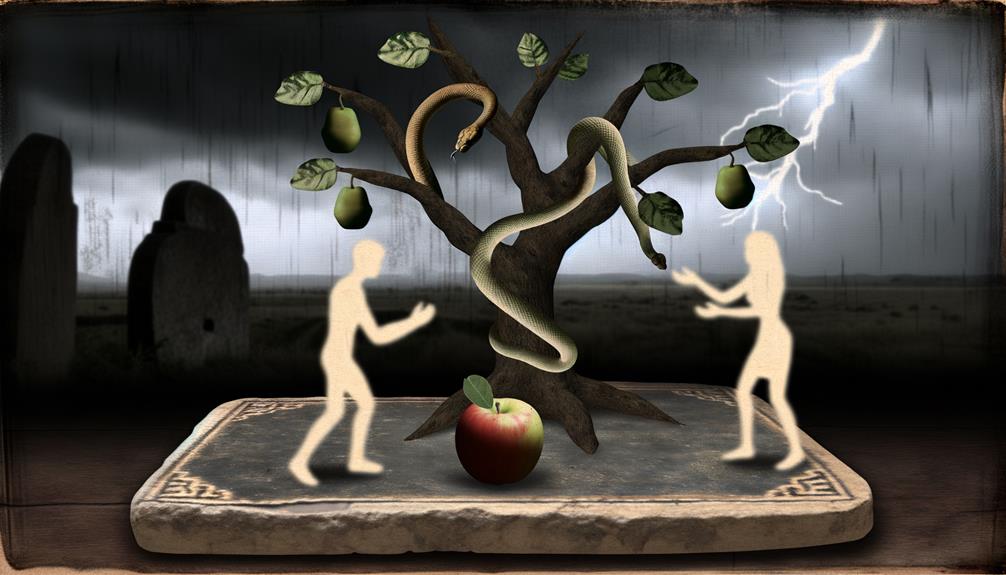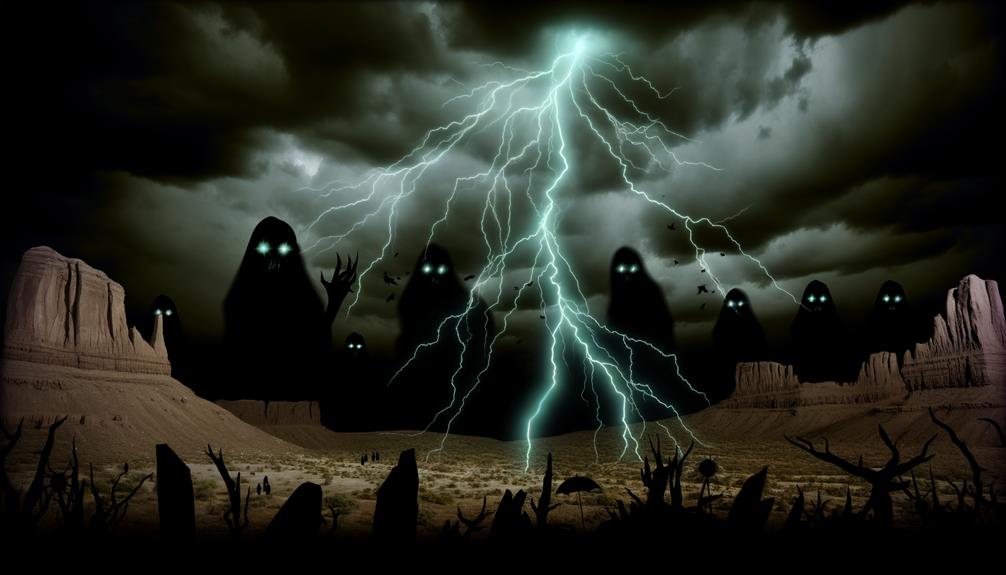Evil Meaning In The Bible: Sin and Judgment
In the biblical narrative, evil is depicted as originating from humanity’s initial disobedience, exemplified in the Fall of Adam and Eve. This act introduced sin and moral corruption into human nature.
Scripture often portrays evil through the figures of Satan and demonic entities, symbolizing rebellion and chaos. Divine judgment underscores the justice and righteousness of God, with stories like the Flood and the destruction of Sodom and Gomorrah illustrating the consequences of wickedness.
Apocalyptic texts, such as those in Daniel and Revelation, present an ultimate battle between good and evil, affirming the transient nature of evil and the triumph of divine order.

Evil Meaning in the Bible: Definition, Origin, and Spiritual Insight
| Aspect | Description |
|---|---|
| Word Definition | Moral wickedness, sin, or anything contrary to God’s will |
| Hebrew/Greek Roots | Hebrew: רַע (ra); Greek: πονηρός (ponēros) |
| Origin in Scripture | First appears in Genesis 2:9, Tree of the Knowledge of Good and Evil |
| Key Scripture | Romans 12:21 – “Be not overcome of evil, but overcome evil with good.” |
| Types of Evil | Moral (sin), natural (disaster), and spiritual (rebellion against God) |
| Spiritual Insight | Highlights humanity’s need for redemption and God’s justice and mercy |
The Origin of Evil

In the biblical narrative, the origin of evil is intricately linked to the disobedience of Adam and Eve in the Garden of Eden, as described in the Book of Genesis.
This pivotal moment, often referred to as the Fall, marks humanity’s initial transgression against divine command. By consuming the forbidden fruit from the tree of the knowledge of good and evil, Adam and Eve introduced sin and moral corruption into an initially perfect world.
This act of defiance against God’s explicit instruction symbolizes the inception of evil and the subsequent estrangement between humanity and the divine.
Additionally, it underscores the themes of free will, temptation, and the inherent consequences of human actions in the broader theological context.
Sin and Human Nature

Examining the interplay between sin and human nature reveals profound insights into the complexities of moral character and ethical behavior as depicted in biblical theology. The Bible portrays sin as an inherent flaw within human nature, leading to moral failures and ethical dilemmas. This intrinsic propensity for sin can be analyzed through various biblical narratives and theological constructs which illustrate the tension between divine law and human actions.
| Aspect | Biblical Perspective |
|---|---|
| Innate Sinfulness | Romans 5:12 |
| Moral Struggle | Romans 7:15-20 |
| Redemption | Ephesians 1:7 |
These passages underscore the perpetual conflict within humans, where sin disrupts the intended harmony, necessitating divine grace for redemption and ethical restoration. Understanding this interplay is essential for comprehending the broader narrative of human moral development in biblical context.
Malevolent Beings in Scripture

Malevolent beings in the Bible, such as Satan and demonic entities, serve as embodiments of evil and opposition to divine will, playing essential roles in the theological narrative of good versus evil.
Satan, originally an angel named Lucifer, epitomizes rebellion against God, becoming the adversary who tempts humanity into sin.
Demonic entities, often depicted as fallen angels, further represent the pervasive influence of evil, acting as agents of chaos and corruption.
Their presence underscores the constant spiritual warfare described in biblical texts, illustrating the cosmic struggle between divine order and malevolent disorder.
Divine Judgment and Punishment

Central to the biblical narrative, divine judgment and punishment serve as mechanisms through which God’s justice and righteousness are imparted, reflecting the moral order established by the divine.
Throughout Scripture, these themes emphasize the consequences of human actions and the need for moral accountability. Divine judgment often manifests in various forms, underscoring God’s sovereignty and the seriousness of transgression.
- The Flood (Genesis 6-9): A divine response to pervasive human wickedness.
- Sodom and Gomorrah (Genesis 19): Punishment for egregious sinfulness.
- The Plagues of Egypt (Exodus 7-12): Judgment on Pharaoh’s obstinacy.
- Exile of Israel (2 Kings 17): Consequences of covenantal unfaithfulness.
These narratives collectively convey the gravity of divine justice.
Apocalyptic Visions of Evil

In addition to divine judgment and punishment, the Bible presents apocalyptic visions that vividly depict the ultimate confrontation between good and evil, revealing both the cosmic scope and the eventual defeat of malevolent forces.
These visions, particularly in the books of Daniel and Revelation, illustrate a dramatic and eschatological struggle where evil is personified in figures such as the Antichrist and the Beast.
The narrative crescendos in a divine intervention where evil is vanquished, symbolizing the restoration of divine order.
Such apocalyptic literature serves not only as a theological exposition but also as a source of hope, affirming the eventual triumph of righteousness.
Consequently, these visions underscore the transient nature of evil in the divine narrative.
Conclusion
In summation, the biblical tapestry weaves a complex narrative of evil, threading through the origins of sin, the frailties of human nature, and the shadowy figures of malevolent beings.
Divine judgment casts a celestial spotlight on moral failings, while apocalyptic visions reveal a cosmic struggle between light and darkness.
Such profound themes beckon deeper contemplation, urging an exploration of the intricate interplay between divine justice and human fallibility within the sacred texts.






